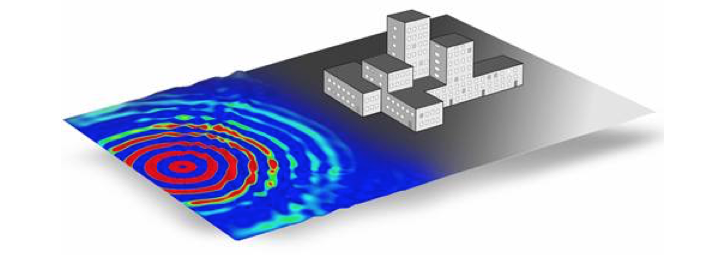Organisers: Prof. Lars Vabbersgaard Andersen, Aarhus University, Denmark ; Dr. Peter Persson, Lund University, Sweden
Emails: lva@cae.au.dk ; peter.persson@construction.lth.se
Summary: The increasing densification of cities has many advantages related to sustainability. It offers economic and social benefits and contributes to a reduction of greenhouse gas emission by allowing more energy efficient buildings and mass transit systems. However, the health and well-being of citizens in densely populated areas are challenged by air pollution. Less articulated is the effect of densification in terms of rise in noise and vibration levels and its impact on structures and human beings. The extension of roads and railways as well as the construction of new multi-story buildings in timber and modification of existing buildings, often using lightweight structures in timber, adds to the complexity and magnitude of the problem. Thus, to meet the requirements of sustainable cities, there is a demand for new materials, construction methods, mitigation concepts, and assessment methodologies—all related to noise and vibration.
This special session will focus on the development and use of computational techniques that can support the decision-making processes towards a reduction of noise and vibration levels in the built environment. The models can be analytical, semi-analytical, semi-empirical, or numerical, and they may focus on airborne noise, ground-borne vibration and/or structure-borne vibration and noise. Topics include, but are not limited to, modelling of vibration and noise sources (e.g., pile driving or trains), transmission (e.g., wave propagation in the ground), dynamic soil–structure interaction, vibro-acoustics (e.g. radiation of noise from floors), mitigation (e.g., sound or vibration wave barriers), and the reception of noise and vibration.

